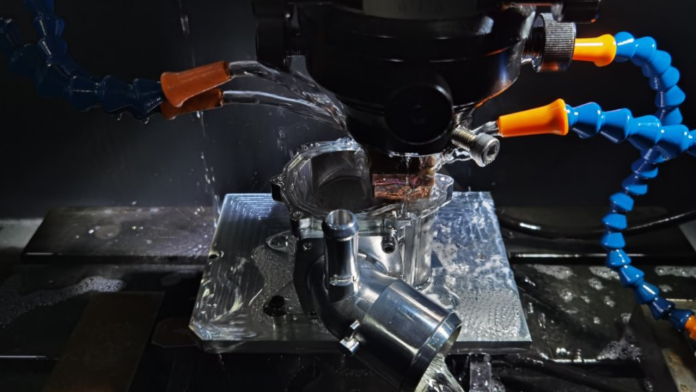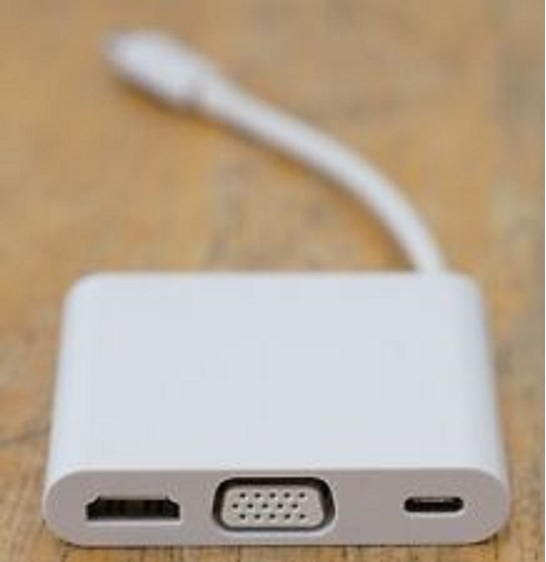CNC machining has quickly surpassed manufacturing in recent years due to its extreme precision and repeatability. Knowing the fundamentals of CNC machining will enable you to distinguish between the various CNC technologies that are currently accessible. CNC turning is one of these avant-garde technologies.
Depending on the turning operation, the CNC turning process can generate components in a variety of sizes and shapes. The CNC turning technique, which is based on the lathe machine’s operating principle, is extremely accurate and effective. To remove materials and create the desired shape, the cutting tool is placed against a rotating workpiece.
While the raw material turns at a rapid speed, the turning center or lathe remains stable. A single-point cutting tool assists in shaping the material as the workpiece rotates along two CNC turning machine axes. By assisting in the control of the CNC Turning Service or lathe, computer programs help to ensure the creation of minutely accurate components.
What Main Movements Take Place During Turning Operation?
The following movements happen when turning:
Rotation: As the cutting process takes place during turning, the workpiece rotates and spins continually. Advanced Movement: Machining is accomplished by holding the tools parallel to the material while moving them straight forward. Penetration: When cutting, the cutting tools separate parts of the material, which may determine the depth of the cut.
Different Kinds of CNC Turning Machines
For your project, you can choose from four main categories of CNC turning machines. They consist of:
Horizontal Turning Centers
This turning center makes use of tools that are located above the spinning workpiece as well as a spindle that is horizontally oriented. As with milling, the cutting tools cut across the material and allow gravity to remove the chips. The chips sink into the bed, so removal is simpler.
Vertical Turning Centers
Large parts can be machined at lower revolutions per minute (RPMs) because of the design, which places the rotating chuck flat on the floor. The tool turret in this instance is approaching from the side. There are also vertical turning centers that are inverted and have the chuck and spindle reversed.
Vertical Lathes
All the characteristics of a standard lathe are present in horizontal lathes. The only difference is that they are currently controlled through computer programs. Additionally, the majority of their activities are repetitive and turn-based.
Horizontal Lathe
A vertical lathe holds the workpiece from the lowest point before spinning it, in comparison to a horizontal lathe. Moreover, it’s a pleasant preference when handling heavier workpieces.
Benefits of CNC Turning Machines
The following are a few advantages of CNC turning:
Accuracy
With the use of CAD or CAM documents, the CNC turning machine can carry out unique measurements and reduce human error. Using the present-day system, professionals can produce items with excessive accuracy, whether or not for the advent of prototypes or the completion of the entire production cycle. Since the device is programmed, each reduction is exact. In other words, the last piece produced in a batch is a precise replica of the first piece.
Flexibility
The adjustment is fairly easy because the jobs for this machine are preprogrammed. By making the required CAM program programming tweaks, the operator can complete your component or perhaps construct something completely different. Therefore, if you require numerous special parts, you may rely on the same precise CNC machining service provider.
Faster Results
It is another advantage of a CNC turning machine. Similar safety measures are used in the lathe body to prevent flying particles from entering the produced item and decrease the risk to the crew. While jobs are executed on CNC lathes or turning centers, there’s a lesser possibility of mistakes. This system can therefore make whole manufacturing speedier without compromising the exceptional quality of the finished product.
Sum Up
Different sizes and shapes of components can be produced using the CNC turning process. It has long been a staple commercial production process due to its high adaptability, dimensional correctness, and suitability for large-scale manufacturing.







